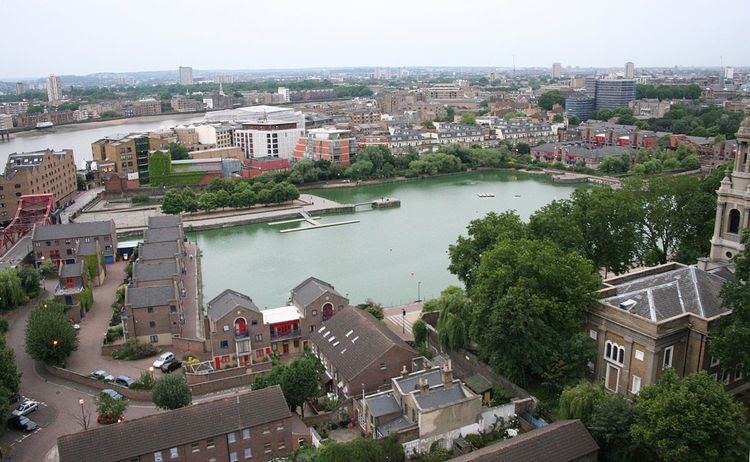OS grid reference TQ351806 Sovereign state United Kingdom | Police Metropolitan | |
 | ||
Address St Katharine's & Wapping, London E1W 3SG, United Kingdom | ||
Sik man jumpz off shadwell basin redbridge
Shadwell Basin was part of the London Docks, a group of docks built by the London Dock Company at Wapping, London, England and part of the wider docks of the Port of London.
Contents
- Sik man jumpz off shadwell basin redbridge
- Shadwell basin
- History
- Landmarks
- People
- Neighbouring streets
- References
Today Shadwell Basin is the most significant body of water surviving from the historical London Docks. It is situated on the north side of the river Thames east (downstream) of the Tower of London and Tower Bridge and west (upstream) of Limehouse.
Unlike the rest of the London Docks, which have been landfilled, Shadwell Basin, the most easterly part of the complex, has been retained. It is now a maritime square of 2.8 hectares used for recreational purposes (including sailing, canoeing and fishing) and is surrounded on three sides by a waterside housing development designed by British architects MacCormac, Jamieson, Prichard and Wright.
The residential buildings are four and five storeys with façades of alternating open arches and enclosed structure, echoing the scale of traditional 19th century dockside warehouses, with a colonnade at quayside.
Shadwell Basin is a popular public route for cyclists, joggers and pedestrians with a walkway alongside the water as part of the linked open spaces and canals between the river and Hermitage Basin near St Katharine Docks to the west.
Shadwell basin
History
The London Docks expanded eastward in the 1830s with the opening of the Eastern Dock and Shadwell Basin (built 1828–32). To provide these new docks with access to the river, a new entrance at Shadwell was built. Opened in 1832, it was named Shadwell Entrance (the main entrance to the London Dock was through Wapping Entrance with a third entrance at Hermitage Basin).
By the 1850s, the London Dock Company had recognised that the entrances at both Wapping and Shadwell were too small to accommodate the newer and larger ships coming into service. In 1854-58 the company built a new larger entrance (45 feet wide) and a new basin at Shadwell (the only element of the London Docks system to have survived redevelopment to this day) linked to the west part of the docks by Eastern Dock and the short Tobacco Dock.
Even by the start of the 20th century the docks in Wapping had become outdated as steam power meant ships were built too large to fit into them. Cargoes were unloaded downriver and then ferried by barge to warehouses in Wapping. This system was uneconomic and inefficient and one of the main reasons that the docks in Wapping were the first to close in the 1960s.
The London docks complex closed to shipping in 1969. Purchased by the London Borough of Tower Hamlets, Shadwell Basin and the western part of the London Docks fell into a derelict state, mostly a large open tract of land and water. Acquired in 1981 by the London Docklands Development Corporation (LDDC), redevelopment of Shadwell Basin took place in 1987 resulting in 169 houses and flats being built around the retained historic dock.
Landmarks
(North)
(South)
(East)
People
People associated with the area:
Neighbouring streets
North of Shadwell Basin
East of Shadwell Basin
West of Shadwell Basin
South of Shadwell Basin starting from the west:
